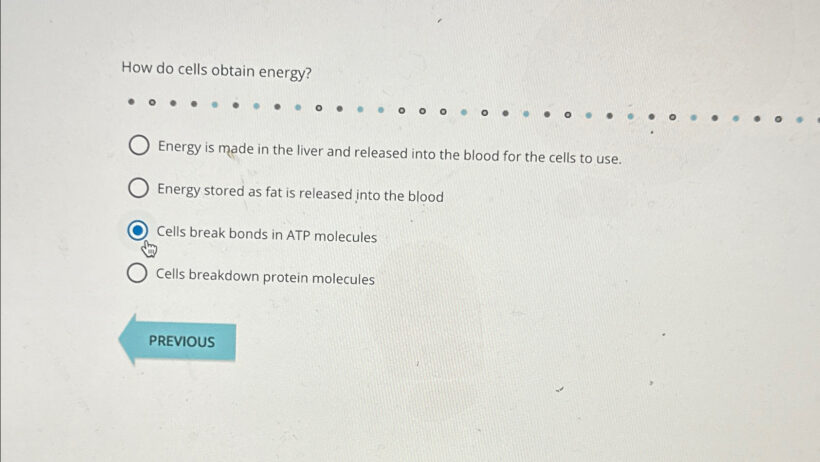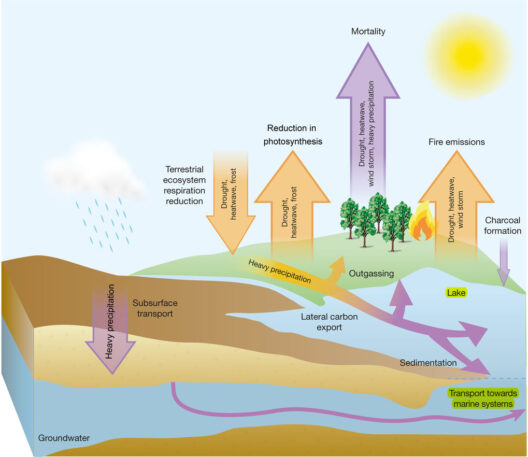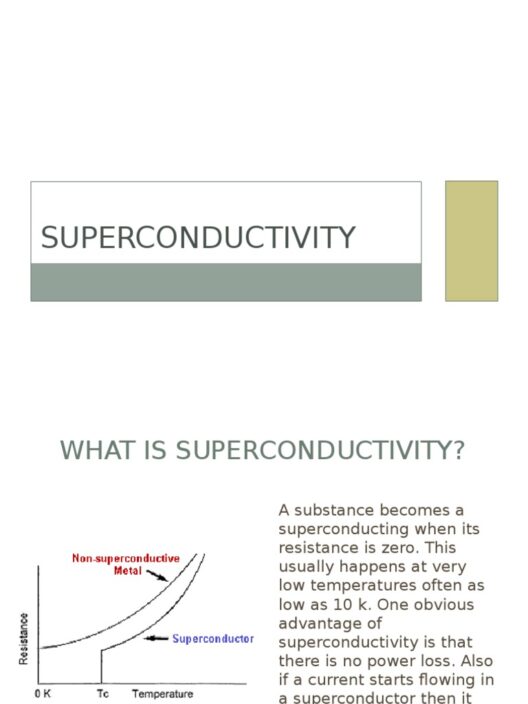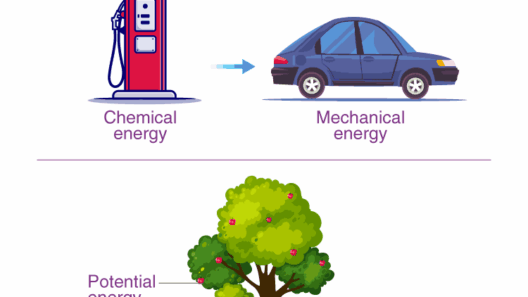The intricate dance of energy within biological systems is a phenomenon that evokes both awe and curiosity. Cells, the fundamental units of life, are proficient in energy management, akin to how economies function. Understanding how cells conserve energy illuminates pivotal biological processes and sheds light on broader ecological challenges, such as climate change.
At the heart of cellular energy conservation lies the concept of energy metabolism. Organisms extract energy from nutrients through metabolic pathways, transforming raw materials into usable forms of energy, primarily adenosine triphosphate (ATP). ATP serves as the energy currency of cells, enabling biochemical reactions essential for survival. However, the efficiency of these processes varies, prompting cells to adopt diverse strategies to conserve energy.
Types of Cellular Metabolism
Metabolism encompasses two fundamental categories: catabolism and anabolism. Catabolism is the process through which larger molecules are broken down into smaller units, releasing energy. In contrast, anabolism builds complex molecules from simpler ones, requiring energy input. Cells strive for a delicate balance between these opposing forces, salvaging energy where possible to maximize efficiency.
Photosynthesis exemplifies catabolic activity in autotrophs, particularly in plants and certain microorganisms. Through chlorophyll, they capture sunlight, converting it into chemical energy stored in glucose. This not only provides energy for growth and maintenance but also contributes to the global energy cycle. In essence, these cells participate in an energy economy that underpins life on Earth.
The Role of Mitochondria
Mitochondria, often dubbed the “powerhouses” of the cell, play a crucial role in energy conservation. These organelles are the sites of cellular respiration, wherein glucose, derived through catabolic processes, is oxidized to produce ATP. Mitochondria exhibit an extraordinary double membrane structure, optimizing their ability to generate energy efficiently.
During cellular respiration, the Krebs cycle converts pyruvate into ATP. Here, the mitochondria employ electron transport chains, where electrons are transferred through a series of proteins, releasing energy that helps to pump protons across the membrane, establishing a proton gradient. This proton motive force drives ATP synthase, facilitating the synthesis of ATP. The entire process showcases the economy of energy conservation at a microscopic level, underscoring the efficiency with which cells harness energy.
Energy Conservation Strategies
Cells employ several strategies to conserve energy and maintain metabolic balance. One such approach is the regulation of enzyme activity. Enzymes expedite biochemical reactions, but their activity can be modulated based on cellular energy needs. Allosteric regulation allows molecules to bind at sites other than the active site, altering enzyme function and facilitating energy conservation in response to fluctuating conditions.
Another method involves the role of feedback inhibition. When concentrations of end products escalate, they can inhibit their own synthesis. This self-regulatory mechanism prevents the wasteful overproduction of energy-rich molecules, ensuring that energy resources are not squandered. By tapping into metabolic pathways only when necessary, cells maintain a judicious energy balance.
Cellular Compartmentalization
The compartmentalization of cellular processes further enhances energy conservation. Eukaryotic cells are characterized by organelles, each serving specialized functions. For instance, the separation of glycolysis in the cytoplasm and the Krebs cycle within the mitochondria optimizes energy production and utilization. This spatial separation allows for a regulated and efficient use of resources, minimizing energy loss that might occur if all reactions occurred in a single compartment.
Implications for Ecosystems
This meticulous management of energy within cells is not merely an isolated phenomenon; it has substantial implications for broader ecosystems. As organisms interact within their habitats, the energy they conserve and use influences food webs and ecological balance. Autotrophs fix atmospheric carbon through photosynthesis, thereby powering ecosystems and providing energy for heterotrophs, which consume organic matter. This interdependence highlights the importance of energy conservation across different trophic levels.
In light of climate change, understanding cellular energy conservation is essential. As human activities disrupt natural ecosystems, the efficiency of energy transfer and conservation becomes increasingly critical. Conserving energy at the cellular level can contribute to sustainability efforts, impacting everything from agricultural practices to conservation policies.
Conclusion
In conclusion, the mechanisms through which cells conserve energy are not only fundamental to life but also intricately tied to ecological health. Cellular metabolism, mitochondrial function, strategic regulation, and compartmentalization all serve to enhance energy efficiency. As we confront the challenges posed by climate change, recognizing the importance of energy conservation at this cellular level offers valuable insights into promoting sustainable practices and preserving the delicate balance of our ecosystems.








